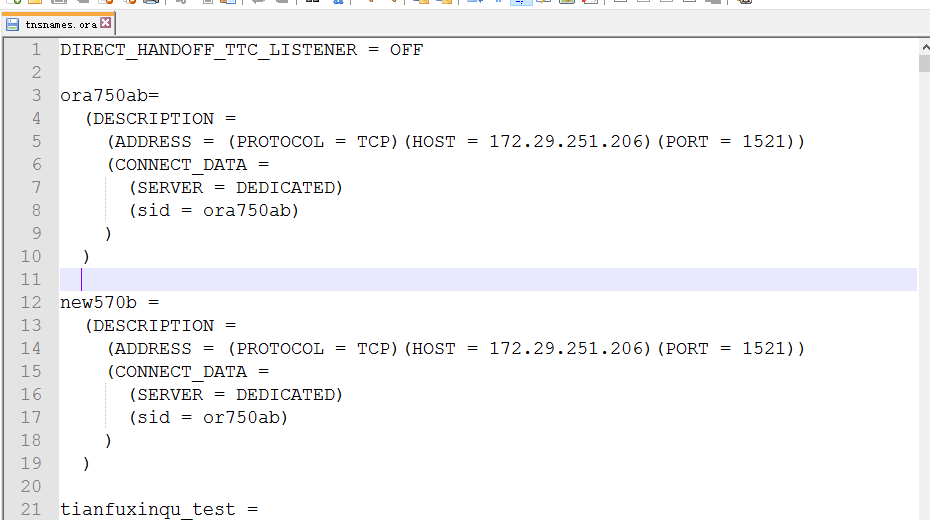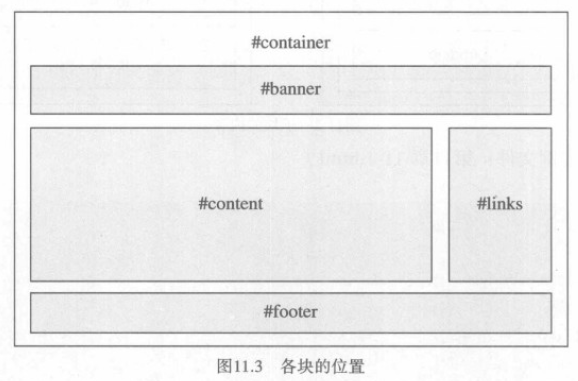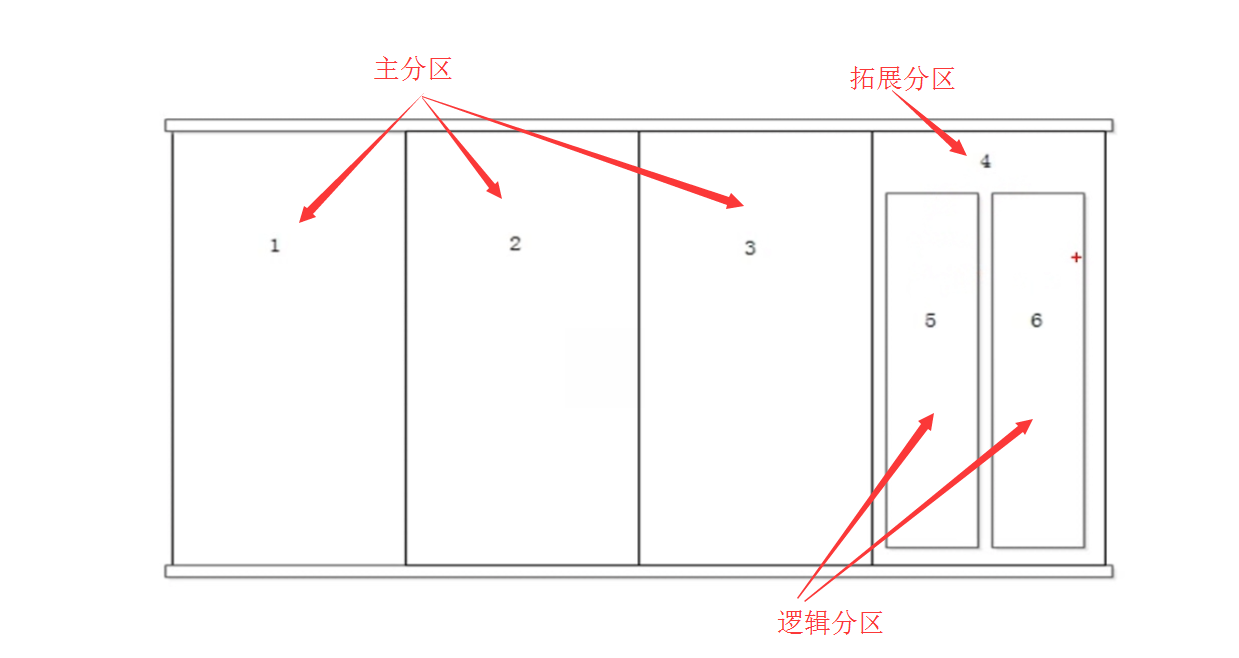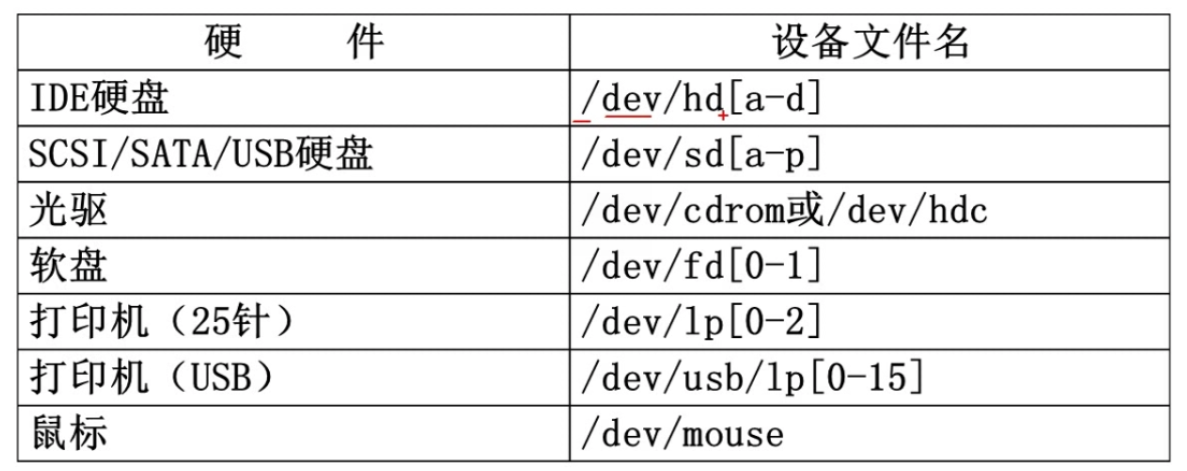两个有序链表的合并
对于两个有序链表的合并问题,在《剑指offer》中,采用的是如下递归的方式完成的,即:
listNode* merge(listNode* pHead1, listNode* pHead2){if(pHead1 == NULL)return pHead2;else if (pHead2 == NULL)return pHead1;listNode* pMergedHead = NULL;if(pHead1->value < pHead2->value){pMergedHead = pHead1;pMergedHead->next = merge(pHead1->next, pHead2);}else{pMergedHead = pHead2;pMergedHead->next = merge(pHead1, pHead2->next);}return pMergedHead;}
但是,上面算法是不含头结点的。本人写了三种方法,都是带头结点的:
using namespace std;struct ListNode{int data;ListNode *next;};ListNode* Create_Linklist(int *arr, int len){ListNode* head = new ListNode();head->next = NULL;ListNode* L = head;for (int i = 0; i < len; i++){ListNode* newn = new ListNode();newn->data = arr[i];newn->next = NULL;L->next = newn;L = L->next;}return head;}ListNode* Merge1(ListNode* &h1, ListNode* &h2) //新建链表L3作为合并后的链表{if (h1 == NULL || h1->next == NULL)return h2;if (h2 == NULL || h2->next == NULL)return h1;ListNode* L1 = h1;L1 = L1->next;ListNode* L2 = h2;L2 = L2->next;while (L1&&L2){if (L1->data <= L2->data)L1 = L1->next;else{ListNode* temp = L2;L2 = L2->next;temp->next = L1;L1 = temp;}}return h1;}void Merge2(ListNode* &head, ListNode* h1, ListNode* h2)//链表L1作为合并后的链表{if (h1 == NULL || h1->next == NULL)head = h2;if (h2 == NULL || h2->next == NULL)head = h1;ListNode* L1 = h1->next;ListNode* L2 = h2->next;head = new ListNode();head->next = NULL;ListNode* L = head;while (L1 && L2){if (L1->data <= L2->data){L->next = L1;L1 = L1->next;L = L->next;L->next = NULL;}else{L->next = L2;L2 = L2->next;L = L->next;L->next = NULL;}}if (!L1){L->next = L2;}if (!L2){L->next = L1;}}ListNode* Merge3(ListNode* head, ListNode* h1, ListNode* h2)//利用递归实现,注意本人实现的是带头结点的两个有序链表合并{if (h1 == NULL)return h2;if (h2 == NULL)return h1;ListNode* L1 = h1;ListNode* L2 = h2;if (L1->data <= L2->data){head = L1;head->next = Merge3(head, L1->next, L2);}else{head = L2;head->next = Merge3(head, L1, L2->next);}return head;}void Print_LinkList(ListNode* &head){if (head){ListNode* L = head;L = L->next;while (L){cout << L->data;L = L->next;}}}void main(int argc, char *argv[]){int arr1[] = { 1, 3, 5, 7 };ListNode* h1 = Create_Linklist(arr1, sizeof(arr1) / sizeof(int));int arr2[] = { 2, 4, 6 };ListNode* h2 = Create_Linklist(arr2, sizeof(arr2) / sizeof(int));//ListNode* merge1 = Merge1(h1, h2); //链表L1作为合并后的链表//ListNode* merge2 = NULL;//Merge2(merge2,h1,h2); //新建链表L3作为合并后的链表ListNode* L1 = h1; ListNode* L2 = h2; //利用递归实现,注意本人实现的是带头结点的两个有序链表合并,因此需要先将L1和L2后移,并用merge3->next带人Merge3函数L1 = L1->next; L2 = L2->next;ListNode* merge3 = new ListNode();merge3->next = NULL;merge3->next = Merge3(merge3->next, L1, L2);Print_LinkList(merge3);}



































还没有评论,来说两句吧...